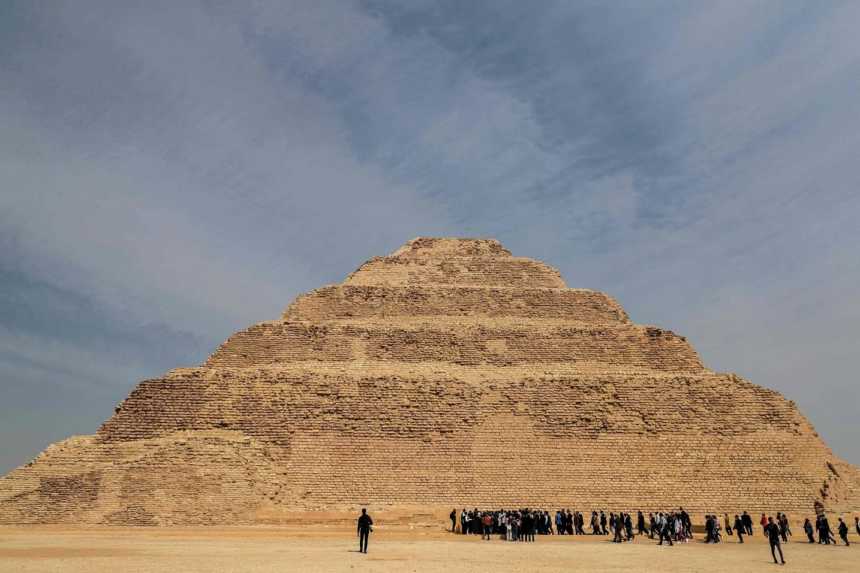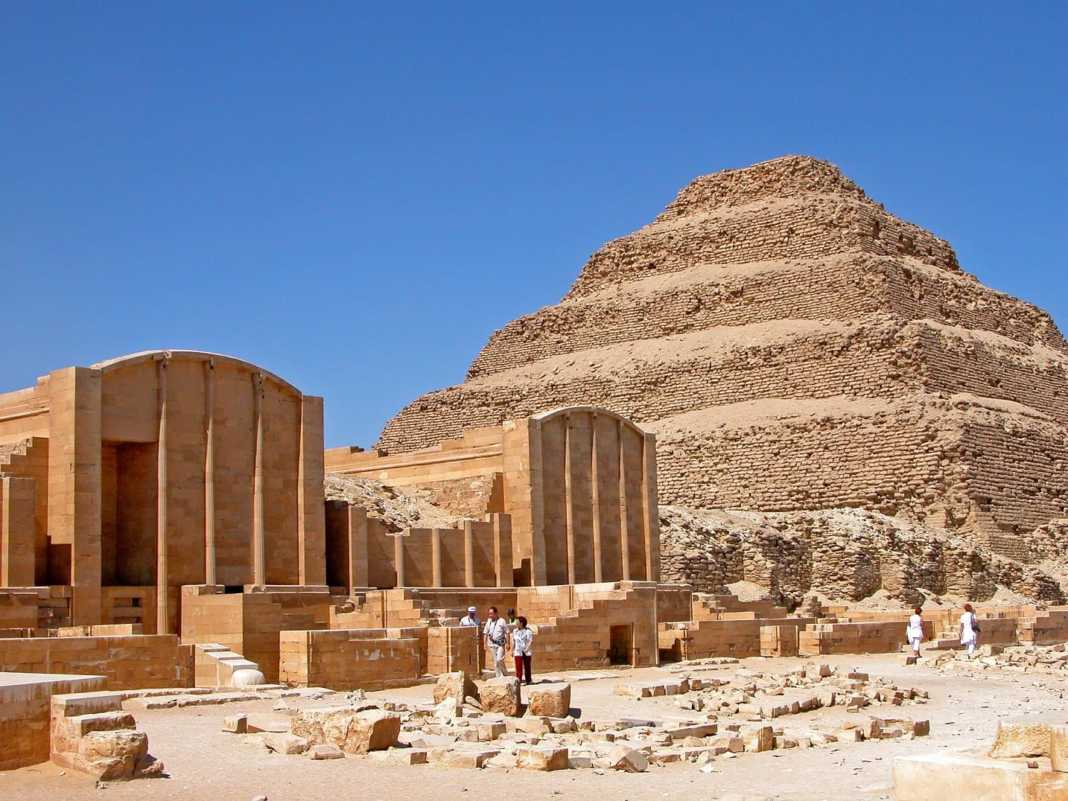Egypt’s oldest pyramid, rescued from collapse, reopened to visitors Thursday after a 14-year restoration project. The pyramid, a UNESCO World Heritage Site, was constructed 4,700 years ago during the era of Pharaoh Djoser.
The step pyramid of Djoser measures 200ft high (60m) and is believed to be the first pyramid in Egypt and the oldest building in the world. It was built entirely out of stone by the ancient Egyptian architect Imhotep and was believed to be the final resting place of King Djoser, founder of the Old Kingdom.
Located in the Saqqara necropolis in the ancient city of Memphis, some 30 km south of Cairo, the step pyramid is made up of six mastabas (rectangular structures) stacked on top of each other.
The crumbling pyramid was shut in the 1930s over safety features and it was badly damaged in a 5.8 magnitude earthquake that hit Egypt in 1992. After the pyramid faced decades of neglect and the risk of collapse, the Egyptian government started an ambitious project to restore the structure to splendour in 2006.
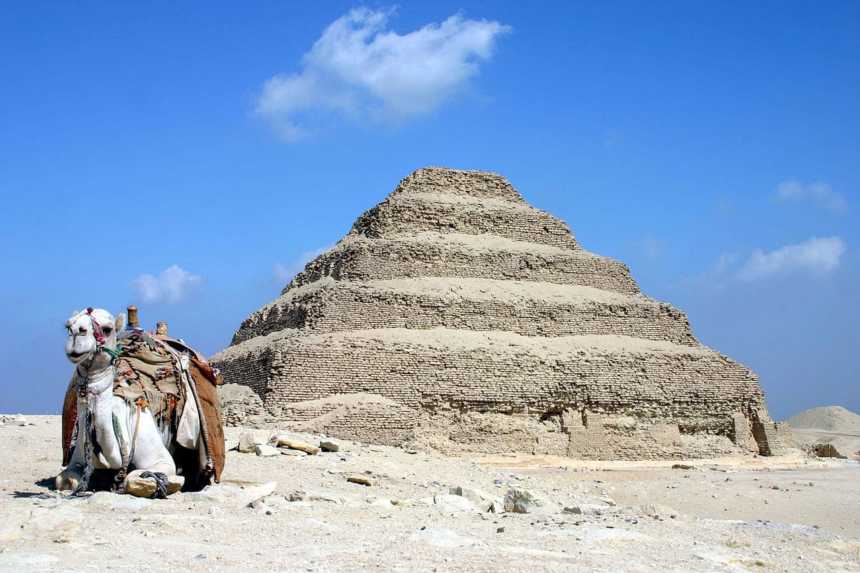
Restoration work stopped in 2011 after Egypt’s popular uprising that toppled longtime president Hosni Mubarak. It resumed with vigour in 2013 and has now been reopened to the public.
Visitors are now able to explore King Djoser’s burial chamber for the first time since the 1930s, when it was shut over safety concerns.
“We completed the restoration … of the first and oldest pyramid in Egypt, that of King Djoser, the founder of the Old Kingdom,” Antiquities and Tourism Minister Khaled El-Enany said at the site.
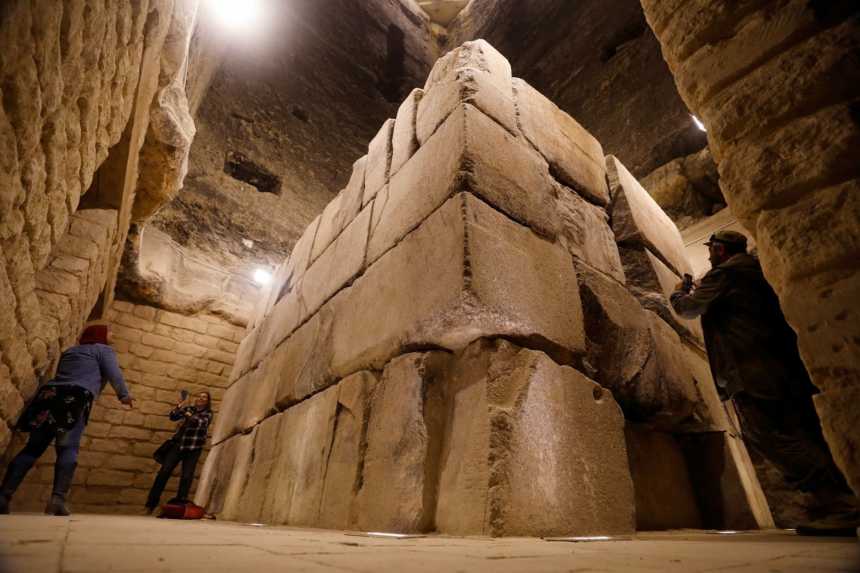
Restoration work covered the external walls of the pyramid and included fixing stones from the pyramid’s stairs at the southern and eastern entrances, he added.
The project saw efforts to prevent the pyramid from collapsing, and external and internal restoration work, including of the paths leading to the pyramid and the internal corridors leading to the burial chamber.
The restoration process also included preparing and cleaning all of the internal corridors of the pyramid, and work is still underway on the eastern side of the pyramid, Madbouly said, adding that a modern lighting system was also set to be installed. Experts also restored the sarcophagus of King Djoser within the pyramid and the walls of the burial shaft tomb.
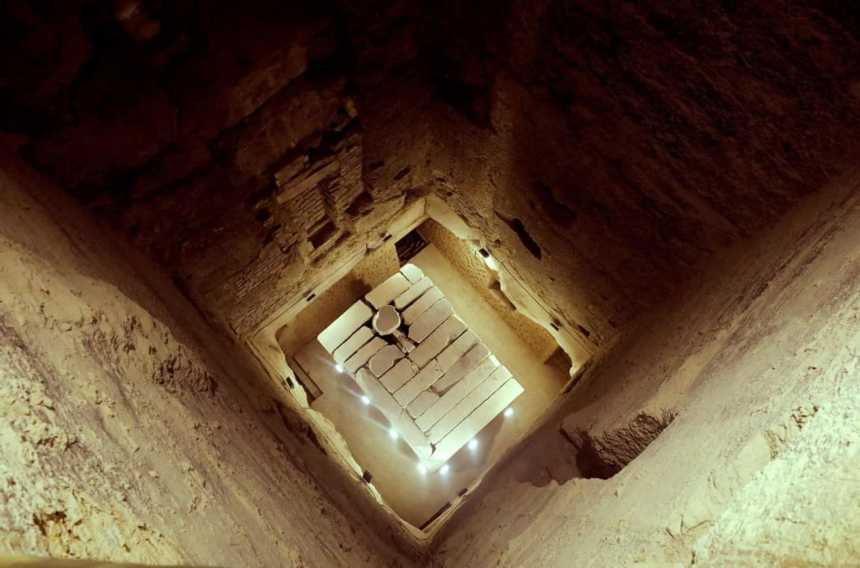
Ambassadors of some countries and a number of tourism sector officials attended the grand opening on Thursday.
“We are in awe as to how he was able to create this structure, which has remained standing for 4,700 years,” said El-Enany.
A chamber around 100ft underground in the heart of the pyramid holds the sarcophagus of the pharaoh, but no mummy or content have ever been discovered. The burial chamber is part of the pyramid’s winding, maze-like series of tunnels, which researchers think may have been designed to prevent theft. There are also hieroglyphs from the Book of the Dead inscribed on one of the chamber’s walls.
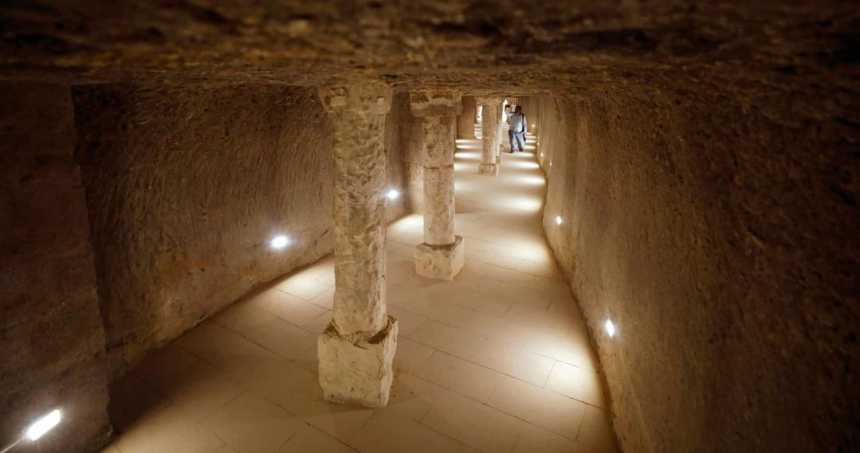
Although it is considered the world’s oldest intact large-scale stone monument, the ancient structure is often overshadowed by Egypt’s most famous pyramids.
The pyramid was part of a larger 40-acre complex containing a courtyard, temples, and chapels, all enclosed inside a 30-foot wall. The entrance to the complex, as well as 13 fake doors, is built into the wall. The complex also includes a number of building facades, all of which served ritual purposes.
Egypt has touted a flurry of archaeological finds in recent years, in the hope of boosting its vital tourism sector, which has suffered multiple shocks since the 2011 uprising. Last year, authorities unveiled a 4,500-year-old burial ground near the Giza pyramids replete with colourful wooden coffins and limestone statues.
